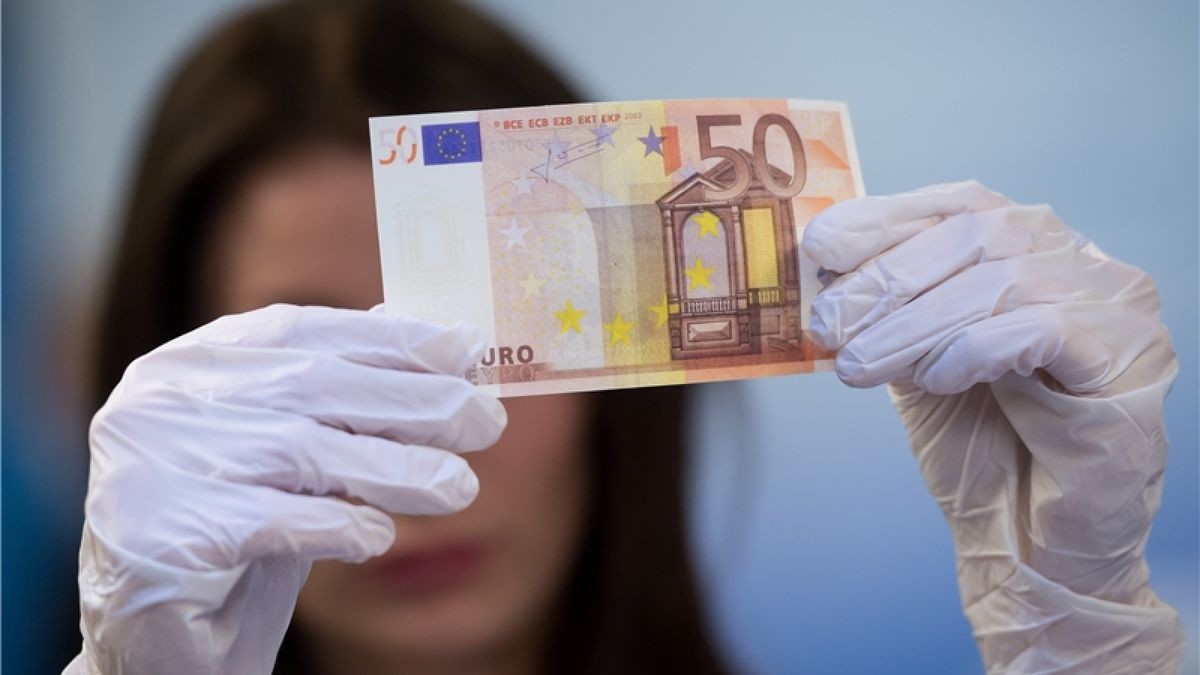
Counterfeit money has been a problem for businesses and society for centuries. Even in the modern, digitalized world, the risk of counterfeit banknotes or coins entering circulation remains. Although the European Central Bank (ECB) and the Deutsche Bundesbank are continuously working to improve the security features of the euro, criminals still manage to produce deceptively authentic copies. It is therefore crucial for consumers, retailers, and companies to address the issue of counterfeit money to avoid losses falschgeld euro kaufen.
What is meant by counterfeit money?
Counterfeit money refers to banknotes or coins that have been copied, manipulated, or forged to be used as genuine currency. Possession or distribution of counterfeit money is a criminal offense in Germany, even if it is passed on unknowingly without reporting the suspicion. Even attempting to use counterfeit money can result in criminal consequences.
How big is the problem in Germany?
According to the Deutsche Bundesbank, tens of thousands of counterfeit euro banknotes are withdrawn from circulation every year. Smaller denominations such as the 20-euro and 50-euro notes are particularly affected, as they are the most frequently used in everyday life. While the overall financial loss is comparatively small compared to the vast number of banknotes in circulation, the loss can be painful for individual retailers or private individuals – because banks do not replace counterfeit money.
Security features of euro banknotes
Euro banknotes are equipped with a variety of security features designed to make counterfeiting more difficult. The most important identifying features include:
-
Watermark: When you hold the note up to the light, a portrait or pattern appears in the paper.
-
Security thread: A dark stripe that runs through the note and is only visible against the light.
-
Hologram: Depending on the tilting movement, symbols or numbers in the shiny strip change.
-
Tangible paper: Real banknotes are made of cotton fibers and feel tactile.
-
Emerald number: A shiny number that changes color from green to blue when tilted.
These features are visible to the naked eye and sense of touch and allow even laypeople to quickly check them.
Typical characteristics of counterfeit money
Counterfeit banknotes can often be identified by the following characteristics:
-
The paper appears smoother and thinner than real banknotes.
-
Security features are missing or are only printed and not integrated into the material.
-
Colors appear paler or seem artificial.
-
Serial numbers are repeated or poorly printed.
If you look carefully, you can spot most counterfeits relatively easily.
What to do if you discover counterfeit money?
If you come across a suspicious banknote or coin, the following applies:
-
Do not pass this on! Anyone who circulates counterfeit money is committing a criminal offense.
-
Inform the police: The banknote should be reported to the police immediately.
-
Visit the bank: Banks are obliged to confiscate suspicious notes and forward them to the Bundesbank.
Even if you don't get a replacement for counterfeit money, you can protect yourself from legal consequences by reporting it in a timely manner.
Technological development and digital payments
With the increasing prevalence of digital payment methods, such as contactless card payments or mobile payment services, the risk of counterfeit money entering circulation is decreasing. Nevertheless, cash remains a popular means of payment in Germany. According to surveys, around 60% of Germans still regularly use cash, making the issue of counterfeit money a continuing concern.
Prevention for retailers and companies
Counterfeit protection plays a particularly important role in retail. Many stores rely on tools such as UV lamps, detectors, or special pens that can reliably identify counterfeit banknotes. Employee training is also important to develop a keen eye for suspicious notes.
Conclusion: Attention protects against loss
Counterfeit money is and remains a threat that affects consumers, retailers, and businesses alike. Even though modern security features make the euro one of the safest currencies in the world, vigilance in everyday life is essential. Regularly checking the most important identifying features effectively protects against losses. Furthermore, everyone who reports suspicious banknotes contributes to ensuring that counterfeit money is quickly removed from circulation.

